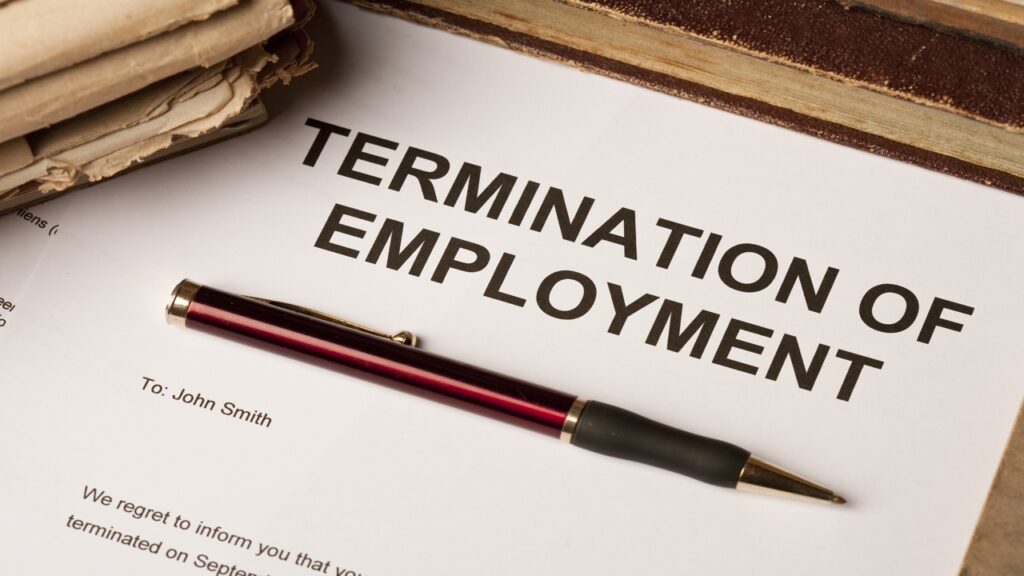Type Cause and Effect

Understanding the difference between termination types can be confusing.
An employee can voluntarily or involuntarily leave their job or take a layoff offer or retire altogether. And an involuntary termination is when a person is terminated from their job and has no say in the matter.
Termination
Oddly enough, being fired could also be considered ‘voluntary termination’. This is because the employee made a choice or did something directly to lead them to be terminated from their job, like breaking a rule or underperforming. In other words, the termination has a reason or is ‘justified’. In a survey answered by more than 10,000 employees, 18% have been fired from their job at least once.
Let’s take a look at a few types of termination…
Voluntary Termination
The worker takes the initiative to leave the company. This decision can be for many personal or professional reasons. It is generally a good or best practice to conduct a “stay” or “exit interview” before the employee leaves. This is a good time to find out if there are things you can do to improve the company or its processes.
Involuntary Termination
Involuntary termination refers to an event where the employer removes a worker from employment. It can be for low performance, employee behavior, violation of company rules, etc. This type of termination can also be the result of employee disciplinary action. This could also be because the company is experiencing financial hardship and needs to lay off some employees. The employees being laid off did not purposely do anything to become laid off and had no control over this situation.
Employment at Will
This termination type dictates that an employer can fire a worker anywhere without any reason. Here, an employer does not need to give a reason to the leaving employee. However, employers must document the reason for themselves for any legal or compliance challenges, should they arise.
Mutual Termination
As the name suggests, this could happen when both parties conclude that they are not a good fit. This type of termination is a lot less complicated since it is a decision both parties agree on mutually.
Constructive Dismissal
Constructive dismissal is a legal term, referring to the circumstances in which an employee is forced to resign due to a hostile work environment created by the employer. This differs from firing or resignation because the employee has no choice but to leave due to such working conditions. Hostile work conditions can include sexual discrimination, harassment, working unreasonably long work hours, bad treatment, etc.
Termination Policy
After deciding which of the above should take place, there must be policies in place to complete the termination. These policies will dictate the grounds and the procedure for termination. Employee separations, though they can be difficult, are an important part of human resources and “people operations”. Be sure you get the workers’ signatures on any agreement(s) as per policy.
Cardinal Staffing – We don’t just search, We Solve
Cardinal Staffing provides automotive, industrial, logistics, manufacturing, skilled trades, administrative, and professional candidates with career opportunities at top employers.
Reach out to your local Cardinal Staffing office to hear more about current offerings or for jobs. If you are ready for the job that’s truly right for you, Cardinal will find it. – We’re waiting to hear from you.